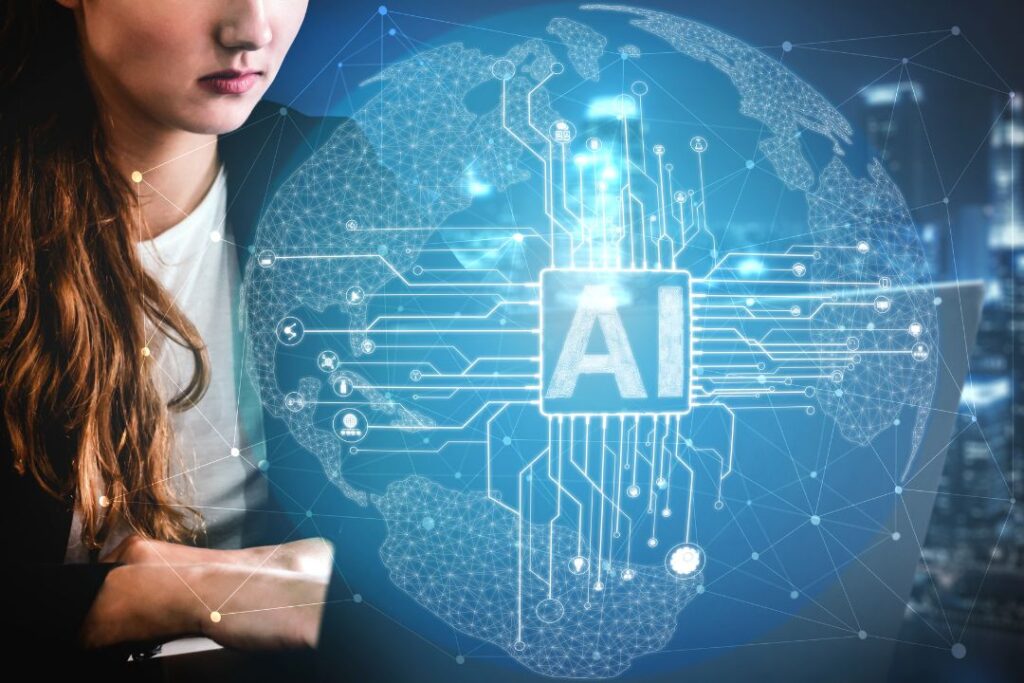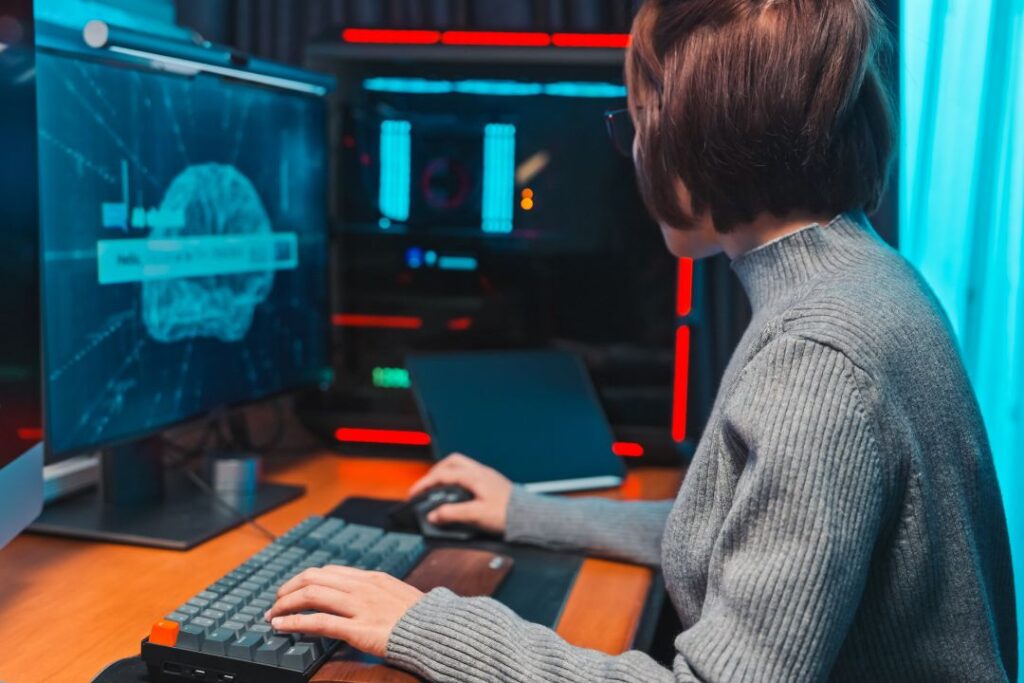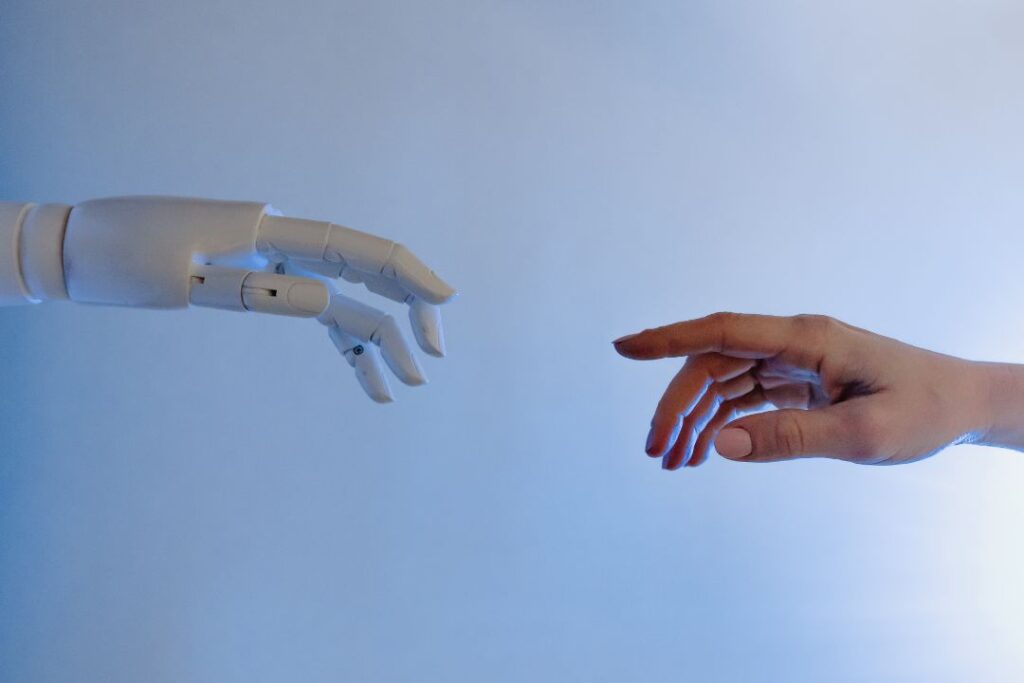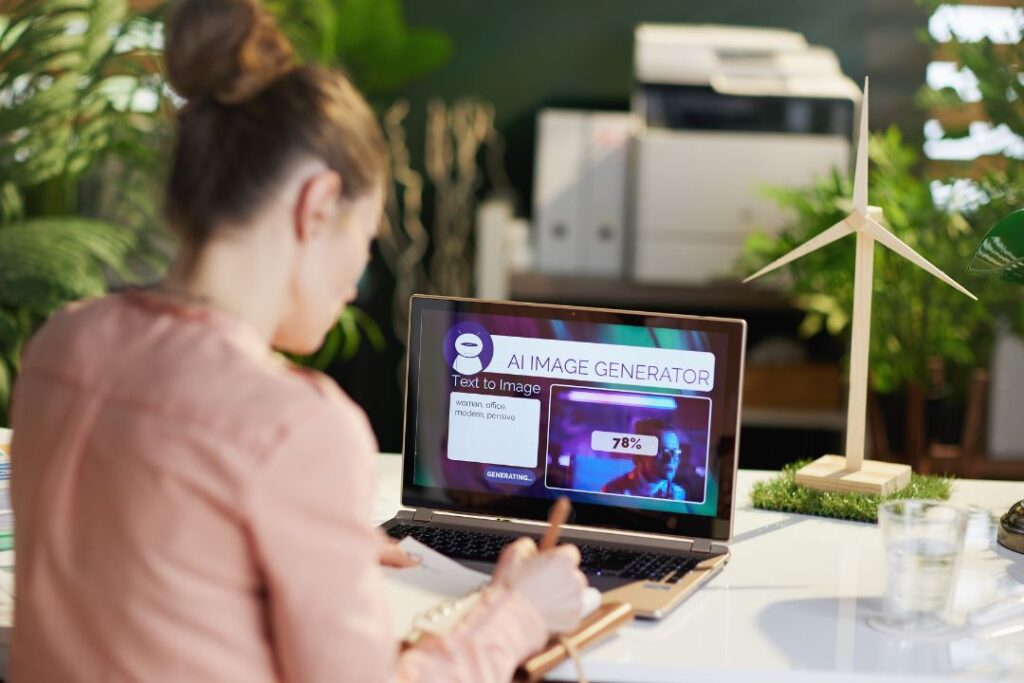In today’s digital age, the capabilities of artificial intelligence (AI) have sparked numerous discussions, especially concerning its applications in e-commerce. While AI, like ChatGPT, excels at generating text, the question arises: are there AI tools capable of creating images? The answer is a resounding “yes.”
In this article, we’ll delve into the advantages of AI image tools and how they can revolutionize your e-commerce venture. These tools can:
- Rapidly generate abundant images.
- Transform raw concepts into polished visuals.
- Craft stunning images without complex studio setups.
- Maintain a dynamic product image library for continuous engagement.
Why Embrace AI Image Tools in Your E-commerce Endeavor

The importance of high-quality visuals in marketing materials cannot be overstated because imagery is exceptionally effective. Imagine a fast-food poster lacking an enticing image of a burger or a real estate listing devoid of property photos. Imagine your e-commerce store without product imagery. It becomes evident that visuals play a pivotal role. Here’s why incorporating AI image tools into your e-commerce strategy is beneficial.
- Swift Image Generation: AI tools can swiftly generate images, eliminating the need to wait for photographers or studio availability.
- AI-Generated Backgrounds: These tools provide AI-generated backgrounds, saving both time and money on set decoration and location scouting.
- Innovative Ideas: AI suggests visual concepts that might not have crossed your mind, igniting creativity.
- Creating Mockups: AI can be prompted to generate mockups, which can be further enhanced through real photography, enabling quicker product launches.
Optimal Use Cases for AI Image Tools

The choice of the best AI image tool depends on your specific needs. You might discover that one tool precisely meets your requirements or that a combination of two or three tools works best. Here are some primary applications and tools that excel in them:
- Background Removal: Suppose you desire product photographs with no background. Traditionally, this would necessitate a green screen or the expertise of a graphic designer armed with costly software. However, AI, exemplified by tools like Pebblely, can effortlessly remove backgrounds. No green screen, lightbox, or professional location is required.
- Building Image Libraries: Once backgrounds are removed, Pebblely can place product images in various settings based on your prompts, offering limitless possibilities. With a single product photo, you can showcase it in diverse uses and environments, ensuring dedicated imagery across all platforms.
- Enhancing User-Generated Content (UGC): UGC is a boon for brands, serving as free marketing generated by users. However, quality control can be a challenge. AI tools such as OCUS‘ AI Router can automatically assess the quality of UGC, edit numerous photos with a single click to maintain consistency, and employ metadata encryption for precise categorization.

- Transforming Concepts into Images: Scribble Diffusion allows you to turn your conceptual sketches into artistic images with ease. This tool is currently available for free, requiring nothing more than your computer’s mouse or trackpad to create sketches accompanied by text descriptions.
- Creating Mockups: For ideas that cannot be easily captured with a camera, tools like Midjourney and Astria come to the fore. Midjourney, hosted on a Discord server and currently free, enables you to explore various iterations of ideas by providing prompts. It accepts detailed instructions, allowing for specific customization.
- Cost Savings: AI image tools are a cost-effective solution, reducing the need for early-stage design work and enabling collaboration with professionals when a clear vision is established.
AI Tools vs. Graphic Designers

AI image tools are powerful but not a replacement for graphic designers. While they enhance efficiency and streamline processes, human expertise remains invaluable. Designers possess an eye for detail, ensuring that images align with your brand.
Rather than considering AI and humans as competitors, view them as collaborators. Designers can leverage AI tools to enhance their work, improving efficiency and achieving desired outcomes.
Getting Started with AI Image Tools for E-commerce

The key to success with AI image tools is to start small and acquaint yourself with their capabilities. It’s easy to get carried away with excitement during initial AI experimentation, but it’s important to recognize that AI is not infallible. Not every output will be flawless; some mistakes may occur. For effective use:
Background Removal: Test the tool with a handful of images. Assess accuracy, potential background remnants, and handling of various colors.
Image Generation: Experiment with prompts to gauge the tool’s understanding and versatility.
Image Quality: Ensure that AI-generated images meet your quality standards and are suitable for commercial use.
Comprehensive familiarity with a tool’s strengths and limitations empowers you to utilize it effectively. You’ll discern what the tool can truly achieve, allowing you to make informed decisions about its deployment. Understanding both the capabilities and limitations ensures that your expectations are realistic, saving time by avoiding unattainable results.
Related post: Top 7 useful AI video creation tools in 2023


















Discussion about this post